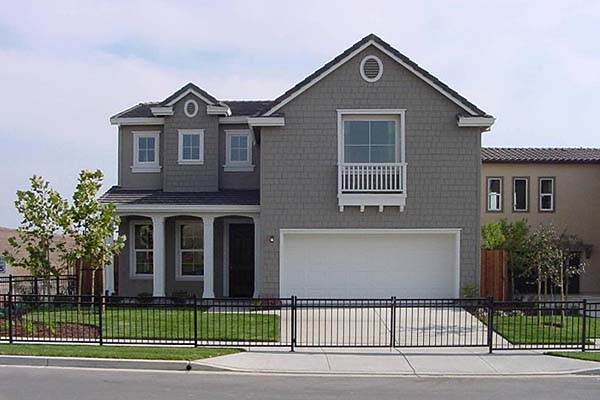DIRECTIONAL GROWTH
Understanding Directional Growth in Real Estate
In the realm of real estate, the concept of directional growth holds significant implications for urban development, land use planning, and property investment. Directional growth refers to the pattern or trajectory of expansion exhibited by a city or area, encompassing the spatial orientation of its development and the consequential impact on land values and land use.
Influencing Factors
Infrastructure Development
The direction of infrastructure projects, such as highways, public transportation systems, and utility networks, often influences the directional growth of a city or area. Infrastructure expansion towards specific regions can stimulate economic activity and development, consequently shaping the trajectory of growth and influencing land values in those areas.
Economic Hubs and Employment Centers
The establishment and proliferation of economic hubs, business districts, and employment centers can serve as focal points for directional growth. As businesses and employment opportunities gravitate towards certain areas, the demand for residential, commercial, and mixed-use properties in those directions increases, exerting a substantial influence on land use and property values.
Impact on Real Estate
Land Use Planning and Development
Directional growth significantly informs land use planning and development strategies. Urban planners and real estate developers take into account the anticipated direction of growth when conceptualizing and implementing projects, aiming to align with the prevailing trends and capitalize on the potential for value appreciation in growing areas.
Directional growth significantly informs land use planning and development strategies. Urban planners and real estate developers take into account the anticipated direction of growth when conceptualizing and implementing projects, aiming to align with the prevailing trends and capitalize on the potential for value appreciation in growing areas.
Property Investment and Valuation
Moreover, directional growth directly impacts property investment and valuation. Areas experiencing outward expansion and growth tend to attract interest from investors seeking to capitalize on emerging opportunities and potential appreciation in land values. Conversely, areas experiencing inward growth may present prospects for revitalization and redevelopment, potentially altering the investment landscape.
Conclusion
Directional growth stands as a fundamental consideration in the real estate landscape, exerting a profound influence on land use, property values, and investment prospects. Understanding the prevailing patterns of directional growth empowers urban planners, real estate developers, and investors to make informed decisions aligned with the evolving dynamics of urban development. As cities and areas continue to evolve, the astute recognition of directional growth remains integral to navigating the intricacies of real estate development and investment in a dynamic and ever-changing urban environment.
MORE REAL ESTATE TERMS
A, B, C, D, E, F, G, H, I, J, K, L, M, N, O, P, Q, R, S, T, U, V, W, X, Y, Z
Featured New Home

Featured Mortgage Brokers
- Intercap Lending, mortgage broker in Albuquerque, NM
5600 Wyoming Blvd NE Ste 20
Albuquerque, NM 87109 - RESIDENTIAL HOME FUNDING CORPORATION, BLUE BELL, PA
1787 SENTRY PKWY W BLDG 18-130
BLUE BELL, PA 19422 - CASTLE & COOKE MORTGAGE LLC, GREENWOOD VILLAGE, CO
7400 E ORCHARD RD # 2900N
GREENWOOD VILLAGE, CO 80111 - MCCUE MORTGAGE COMPANY, NEW BRITAIN, CT
1 LIBERTY SQ
NEW BRITAIN, CT 6051 - TOP FLITE FINANCIAL INC, FORT LAUDERDALE, FL
33 NE 2ND ST STE 100
FORT LAUDERDALE, FL 33301